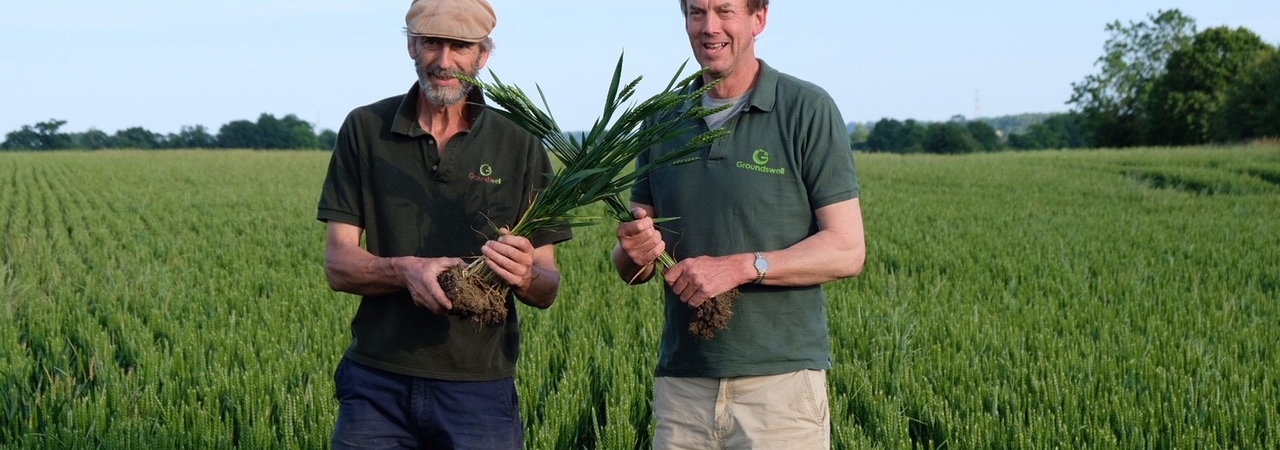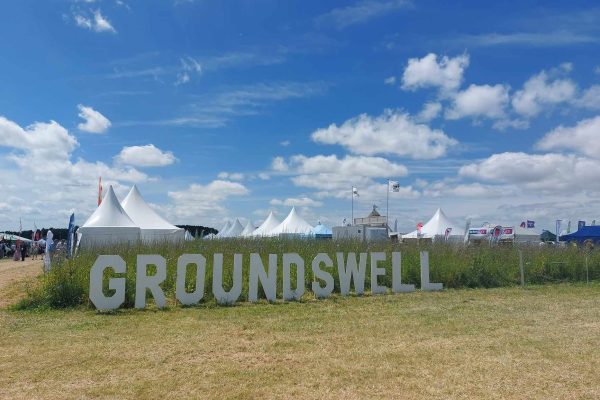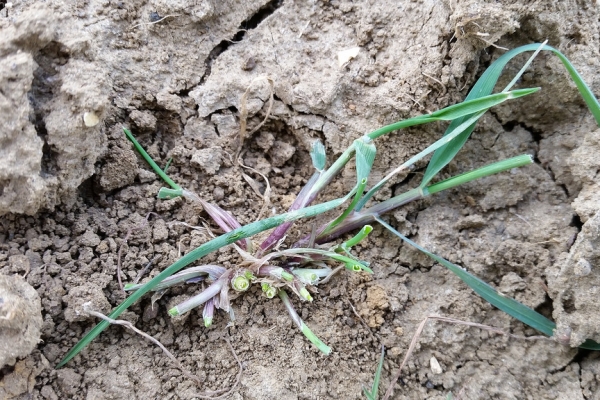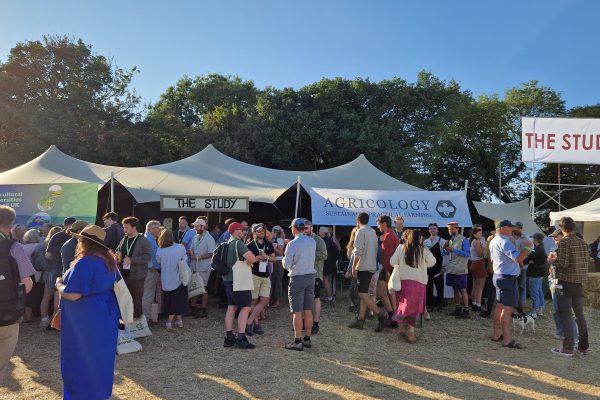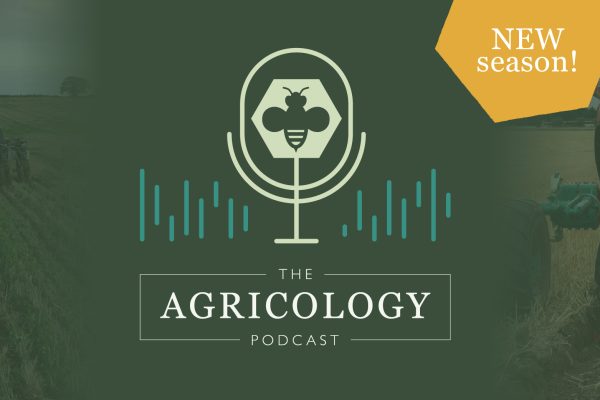John and Paul Cherry
Weston Park Farms
We having been farming the land at Weston for 34 years and have moved from a plough and press system to max till, to min till. Then in 2010 we made the decision to drop cultivations altogether and go no-till. It became apparent that the best way to learn about no-till (or conservation agriculture) was from other farmers, particularly those overseas, who have been doing it for considerably longer than most UK farmers, so I (John) had the idea of starting Groundswell, the UKs first specific no-till conference and show.
The farm itself is mainly arable, we grow a range of combinable crops, using cover crops whenever possible (especially over winter), and are trialling integrating livestock into the arable rotation and growing 4 year herbal leys, particularly where grass weeds are out of control. This with permanent pasture is mob grazed by the 140 strong beef shorthorn suckler herd and various mobs of young stock.
No feed is bought in, so the whole herd is pasture fed, either grazing in the summer or silage and straw in the winter. Fatstock are sold to Morrisons on the shorthorn premium and stores are sold through Thame market. No fertiliser is used on the grass, so the system is ultra low cost. There is a spring and an autumn herd, with the majority of the heifers sourced through the home herd.
Diversification projects include a stock of residential and commercial properties, and there are 3 biomass boilers heating about half of the residential properties.
There are 250 acres of woodland at Weston from which timber is sourced for chipping for the biomass.
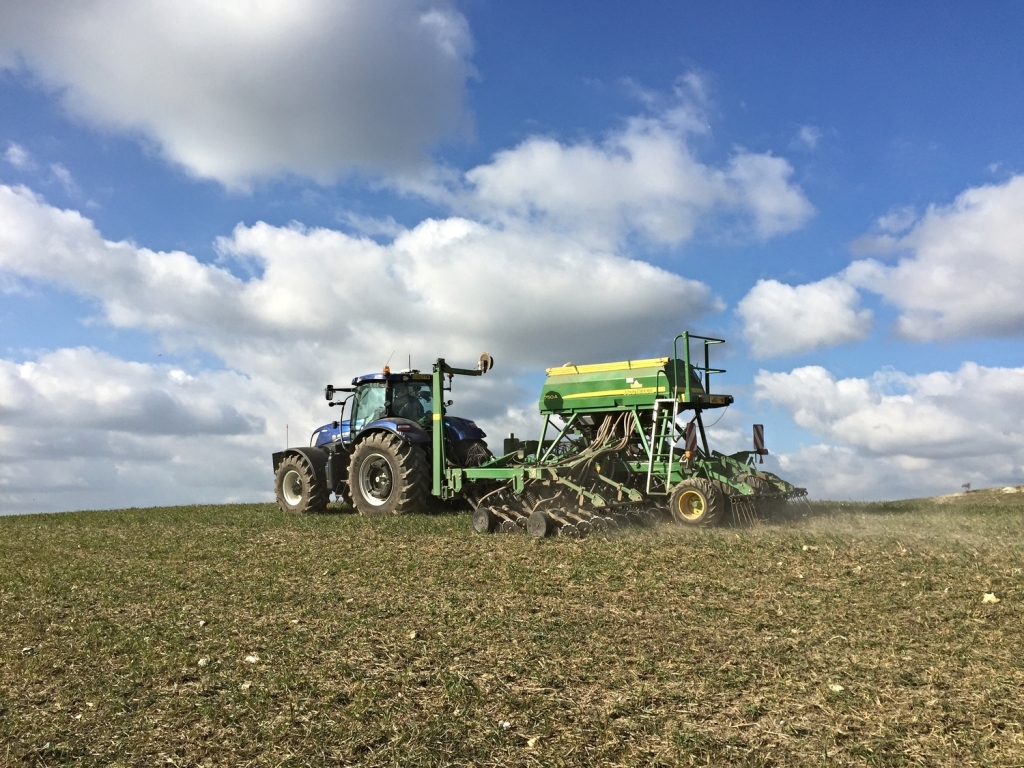

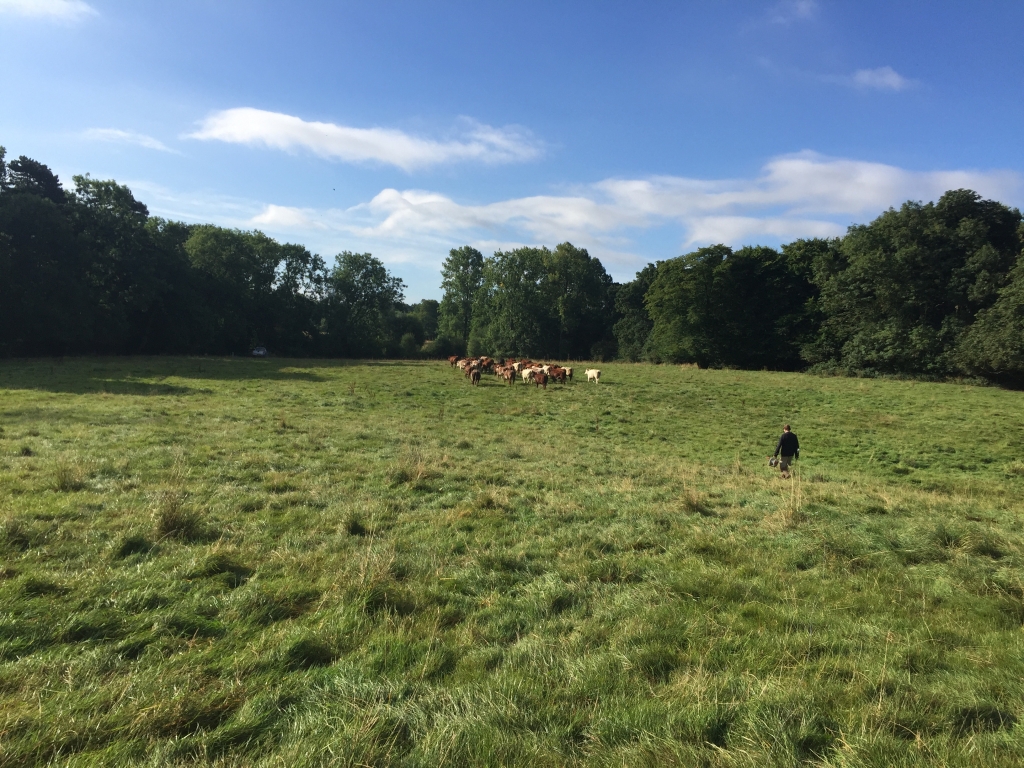
Sustainability in practice
Using no-till and herbal leys to build soil fertility
No-till is non disturbance arable farming, allowing the soil to regenerate, building humus and the micro flora, which both get destroyed by cultivation/ploughing. I (John) saw first hand work being done by farmers in the USA, where delicate prairie soils are being saved from erosion by conservation agriculture techniques. We are only in year 7 of no-till, but are seeing increases in earthworm activity, and soil biodiversity.
Challenges include increases in slug attack and grass weed challenges. Slug pellets were used in the early years but the idea is that a more healthy balanced soil will harbour as many beneficial species as harmful ones, so as time moves on slugs are reducing. Grass weeds are being combatted by use of herbal leys, spring cropping and fallows.
Grass weeds are a challenge, but leaving the seed undisturbed on the surface does solve a lot of problems as the seeds are much more vulnerable to seed eaters and the weather and also are liable to chit and die without decent soil contact. But we live and learn. We’ve got more tolerant of a small weed population (we call it biodiversity) as populations don’t explode on us too much.

Herbal leys contain several grass species, so there’s always something growing, and a handful of different legumes: clovers, medics, trefoils, sainfoin etc. and some interesting tasting deep rooting plants like chicory and plantains. The cattle pick what they want and everyone is happy, everything is eaten and grows back again with gusto. Blackgrass can’t compete with this mini forest and disappears. Any seed left on the surface dies; as blackgrass seed only remains viable for two or three years, by the end of a four year herbal ley, there is no more blackgrass. At any rate, not enough to worry about…
The cattle are so healthy on this diet that the vet is a stranger to us and they don’t need worming or feeding supplements, so the whole job is financially sound, money in, hardly any money out. No-till works on the same principle – don’t spend it, don’t try and fight nature, work with her.
Come to Groundswell to learn from other farmers the best techniques!
Motivations
We were both trained at university and college in the 70s, when food production at almost any cost was at the top of the agenda. 1984 has been the best farming year in our farming lifetimes and commodity prices now have driven farmers to think again about how to produce food cheaply. This has led us to see that low input farming can link up with improved soils.
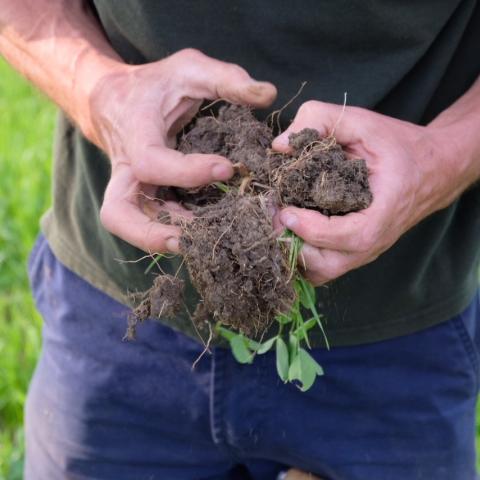
The motivation is still to be profitable, but also to pass on the soil in better condition than when we started, this being achieved by no-till on the arable, and use of herbal leys and cover crops and mob grazing on all the grazing land, be it arable or pasture.
The farm is a member of the Pasture Fed Livestock Association and is working towards helping the brand off set the bad publicity which grazing animals get.
We believe that farming needs to regain the moral high ground, and we now have a golden opportunity to increase the carbon in our soils (mob stocking and no till do this) whilst reducing the carbon used growing crops and livestock (ditto).
Our greatest achievement to date: Groundswell, attracting a Europe wide audience of farmers and scientists to a start up show on a farm in Hertfordshire, contributing to one of the most pressing debates of our times.
Farmer tips
- Be bold and stop worrying about what your neighbours think.
- Mob stocking initially feels labour intensive but cows have legs, mouths and brains, and quickly get into the routine of being moved.
- Leave plenty of forage when mob stocking. It will grow back much quicker.
- Keep the faith when direct drilling and don’t be afraid to spray off and redrill
Photo credits: Francesca Gentilli
